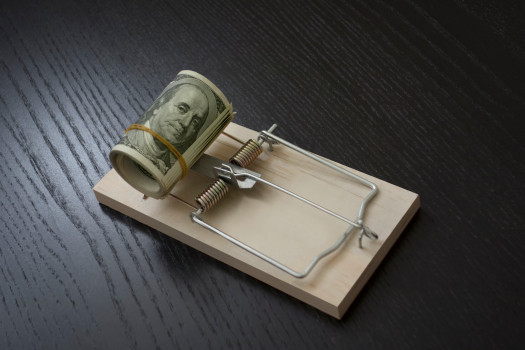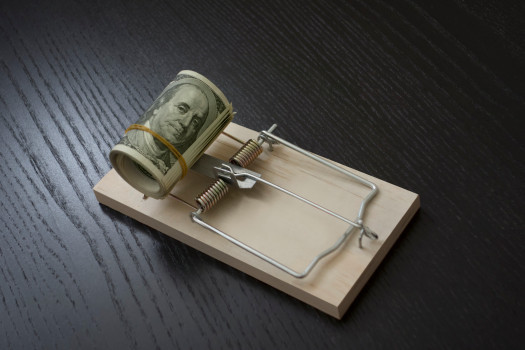
Next year, California voters are likely to be asked whether they want to change a key part of the Proposition 13 tax limitation regime that has been in place for 40 years.
Advocates of the “California Schools and Local Communities Funding Act of 2020” are aiming to remove restrictions Prop. 13 placed on increasing the taxable value of commercial properties.
Supporters of this effort rightly point to an inequity that has developed under Prop. 13 but their remedy would reduce controls on government, leading to more spending and new problems.
If passed, the potential ballot measure would bring property tax assessments on most commercial and industrial properties to full market value, overriding the current two percent limitation on annual assessment increases unless and until a property changes ownership.
Right now, real estate that has been held by the same company since Prop. 13 first took effect or hasn’t been sold in many years is probably valued, for tax purposes, at well below market value and far lower than comparable properties that changed hands more recently.
Prop. 13 critics are right in noting this policy can be unfair to some companies, particularly startups that might hope to acquire new properties. Prop. 13 creates incentives for owners to hold onto properties that another prospective owner might be able to use more efficiently.
Accordingly, supply is limited, the market is squeezed and prices rise for properties that are available. As a result, many California companies that might benefit from owning their properties can’t afford to do so. Instead, they rent while properties that could be put to more productive use sit vacant or underutilized.
But many supporters of the so-called split roll ballot measure (named that because it splits property types and only reassesses commercial property values and taxes, not residential real estate) aren’t interested in correcting market efficiencies and aligning real estate incentives to boost businesses. They’re looking for the likely tax revenue windfall the ballot measure would produce for local governments.
According to the Legislative Analyst’s Office, overall annual tax revenue across California would increase between $6.5 billion and $11.5 billion a year, with most of the money going to cities and counties if this ballot measure passed.
Governments in the parts of the state with the highest and most rapidly rising property values, much of Los Angeles and Orange counties, for example, would see some of the biggest revenue increases. Another prime example of this is San Francisco, which, according to research presented by the Public Policy Center of California at the Association of Budgeting and Finance Conference, would receive the biggest proportional revenue increase. Thus, critics might point out that the biggest, richest cities will likely get richer.
The initiative would equalize revenue across school and community districts statewide because most of their revenue goes through state funding formula but there is no easy way to equalize property tax revenues across counties and cities, so the initiative simply punts on that matter.
The measure would also disproportionately benefit cities that have a large share of commercial properties and would deter cities from rezoning commercial properties to residential uses. Given the statewide housing shortage, California should be looking for ways to cut regulations and approve more housing. But, this initiative does just the opposite because it incentivizes turning residential properties into commercial properties, further reducing housing supply and increasing housing prices.
What might concern taxpayers the most is that the split-roll initiative would eliminate one of Prop. 13 controls on overall government revenue and spending across the state while offering no meaningful limits in its place. The measure contains vague transparency language but provides no new spending restrictions — reflecting ballot proponents’ curious view that California governments don’t have, or spend, enough money.
Census data for 2016, the latest year available, show that California state and local governments, including school districts, received over $540 billion in revenue, which was about 20 percent of that year’s gross state product.
In 2020, voters are likely to hear confusing claims that this ballot measure is needed because businesses aren’t paying enough property taxes.
But the question voters need to ask themselves is whether state and local governments have enough tax money already and whether taxpayers are getting good value for the taxes they already pay.
California’s history suggests that giving its local governments another tax revenue jackpot won’t improve the quality of government roads, schools, and the services taxpayers pay for.
Marc Joffe is a policy analyst at Reason Foundation.






